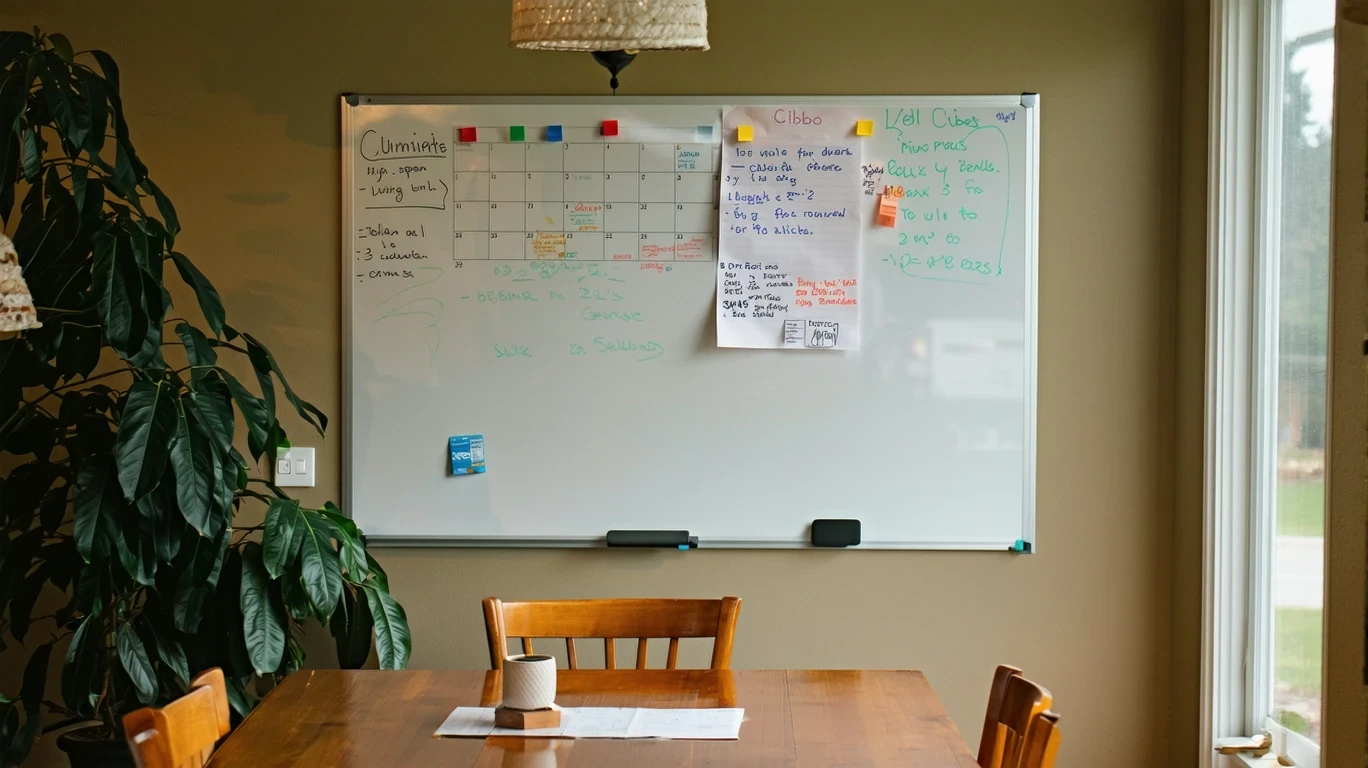
Budgeting Smarter in Cibolo
How far does $4,000 per month actually go in Cibolo, TX? The answer may surprise you. For new movers and current residents alike, estimating monthly expenses based on your lifestyle is key to financial stability. In Cibolo, housing and electricity often make up more than 55% of a household’s budget. Depending on your situation, your monthly budget in Cibolo can look very different. Here are some typical examples.
What Real Budgets Look Like in Cibolo
To illustrate how expenses break down for Cibolo residents, let’s look at three common household scenarios:
| Expense | Jasmine ($3,000/mo) | Sam & Elena ($7,000/mo) | Ortiz Family ($9,500/mo) |
|---|---|---|---|
| Rent/Mortgage | $1,200 | $2,100 | $2,800 |
| Utilities | $180 | $280 | $450 |
| Food | $400 | $800 | $1,200 |
| Transportation | $150 | $500 | $800 |
| HOA/Fees | $0 | $150 | $250 |
| Miscellaneous | $570 | $1,670 | $2,000 |
| Savings | $500 | $1,500 | $2,000 |
These estimates reflect common lifestyle costs in Cibolo. All income figures are expressed as gross monthly income (pre-tax).
As you can see, housing takes the biggest bite out of most Cibolo budgets. Jasmine, a single renter working remotely, spends 40% of her income on rent alone. For Sam and Elena, a dual-income couple, that drops to 30%. The Ortiz family, homeowners with a mortgage and two kids, allocate 29% to their monthly payment.
After housing, food is typically the next largest expense. A single person like Jasmine might spend around $400 per month on groceries and occasional dining out. For a couple, that climbs to $800. Families can expect to budget over $1,000 monthly to cover food costs in Cibolo.
Biggest Cost Drivers
While every household is unique, a few common factors tend to drive up monthly expenses in Cibolo:
- Seasonal A/C or heating: Utility bills can fluctuate significantly due to extreme summer heat and winter lows. Budget extra for electricity May through September.
- HOA fees: Many newer developments in Cibolo have monthly HOA dues ranging from $50-300+. Factor this in when comparing housing options.
- Commute costs: Cibolo residents who work in San Antonio or Austin may spend more on gas or public transit passes. Consider carpooling or remote work to offset these costs.
- Rising rent: As Cibolo grows, many renters are seeing annual lease increases of 5% or more. Aim to keep housing under 30% of your gross income.
In Cibolo, the cost of utilities can rise substantially in summer due to A/C use. Installing ceiling fans, solar screens, or a smart thermostat can help manage cooling bills.
Tips to Stretch Your Budget Further
Living in Cibolo doesn’t have to break the bank. Take advantage of these local savings opportunities:
- Shop at discount grocery stores like ALDI or Walmart Neighborhood Market for pantry staples.
- Sign up for CPS Energy’s off-peak billing plan to access lower electricity rates on nights and weekends.
- Install blackout curtains or exterior shade systems to reduce summer cooling demand.
- Use VIA Metropolitan Transit’s bus routes or vanpool program for an affordable commute.
🏆 Pro Tip: Check for utility rebates and weatherization programs in Cibolo to offset energy costs during the hot summer months.
FAQs About Monthly Budgets in Cibolo
Can you live in Cibolo on $3,000/month?
Yes, but it requires careful budgeting. Expect to spend at least $1,200 on rent for a 1BR apartment, leaving $1,800 for all other expenses. Stick to free entertainment, cook at home, and limit subscriptions.
What’s a realistic rent budget for Cibolo?
Aim to spend no more than 30% of your gross income on rent. For example, if you earn $5,000 per month, target a rental under $1,500. In neighborhoods like Downtown Cibolo, that might mean opting for a studio or 1BR.
What’s a good budget for $4,000/month in Cibolo?
At $4,000 per month, you can likely afford up to $1,200 for rent, $500 for groceries, $300 for utilities, $200 for transportation, and $500 for discretionary spending. That leaves $1,300 for savings, insurance, and other financial goals.
Planning Your Next Step
Use the example budgets above as a starting point to assess your own cost breakdown. Housing and food will likely be your biggest expenses, but don’t overlook smaller line items that can add up. The key is finding a balance that covers your needs while still allowing room for savings and fun.
Want to see how your budget stacks up in other cities? Check out our cost of living guides for San Antonio, New Braunfels, and more.
